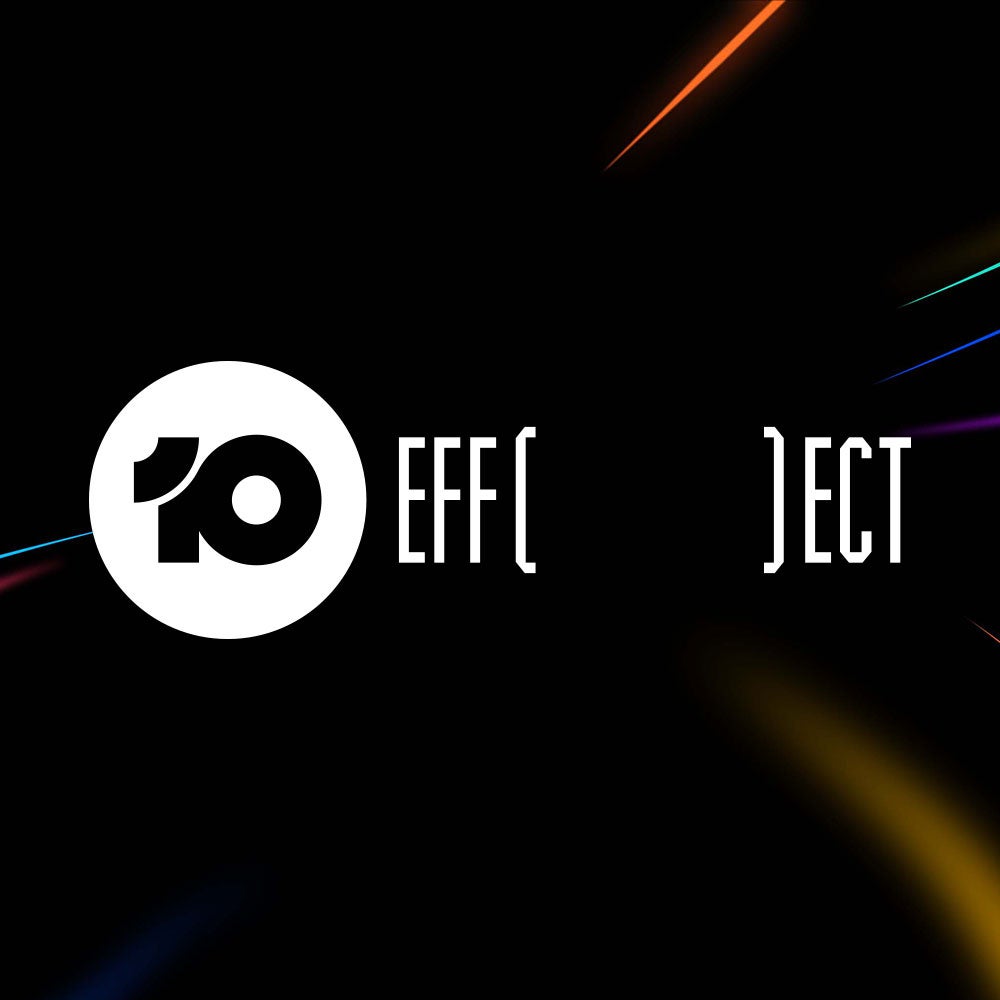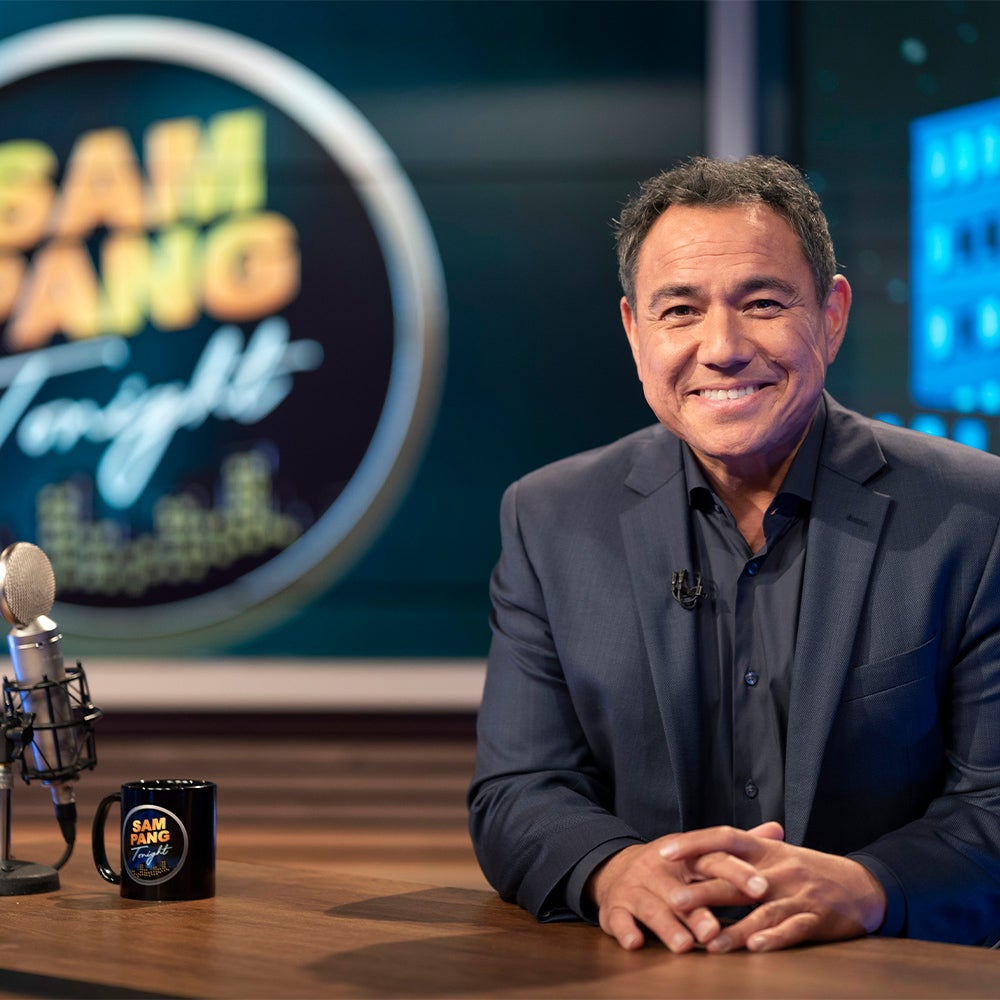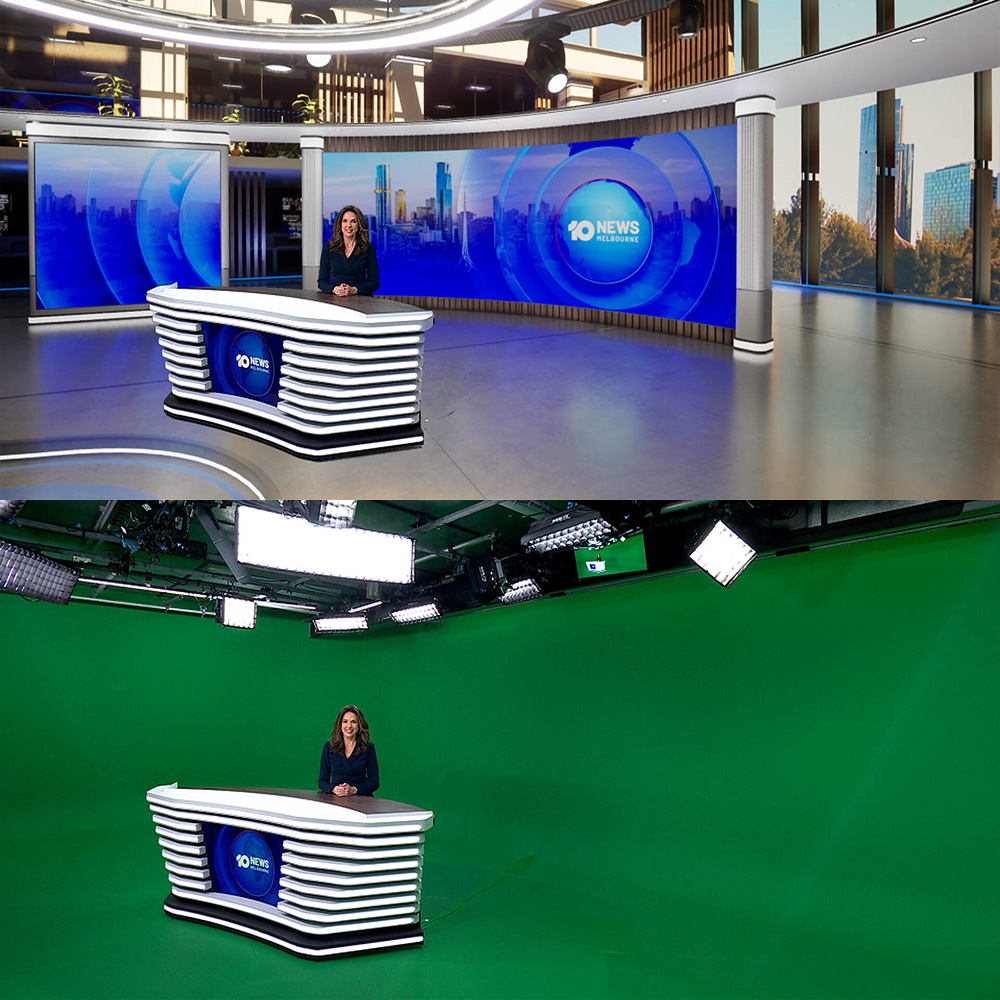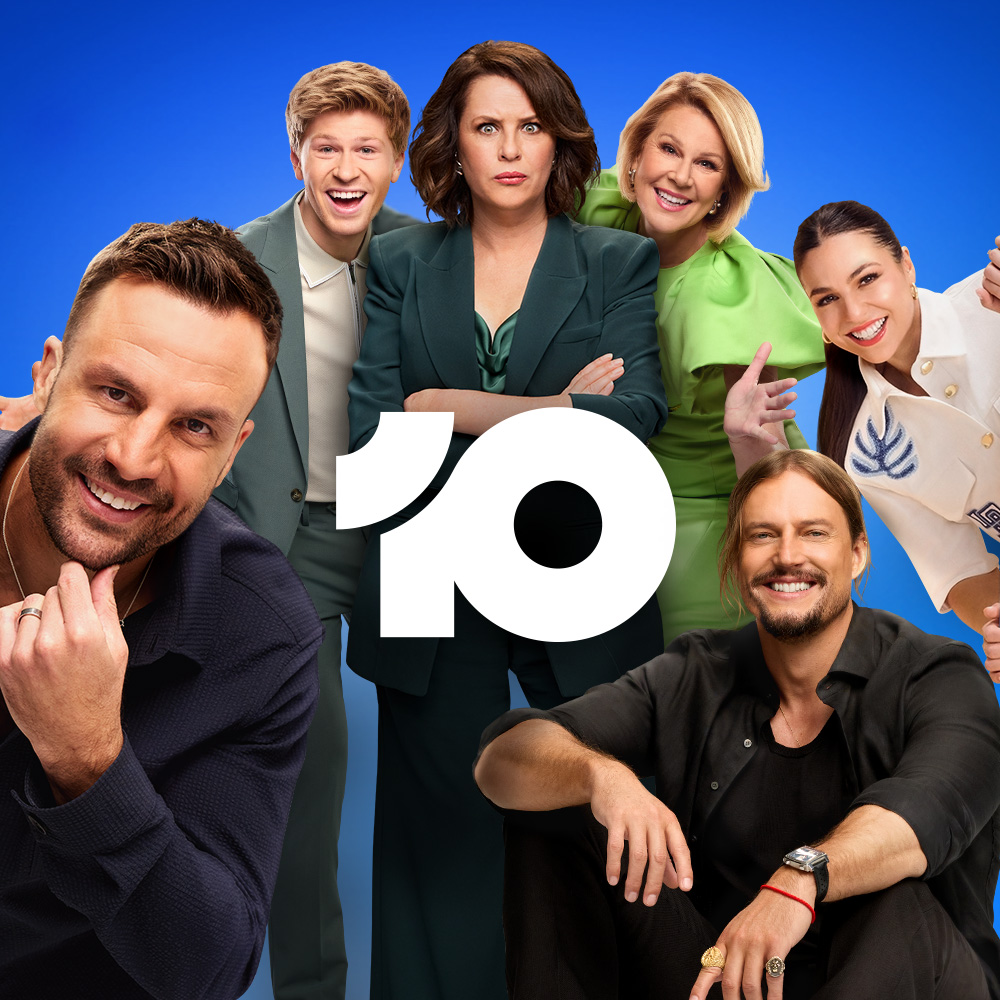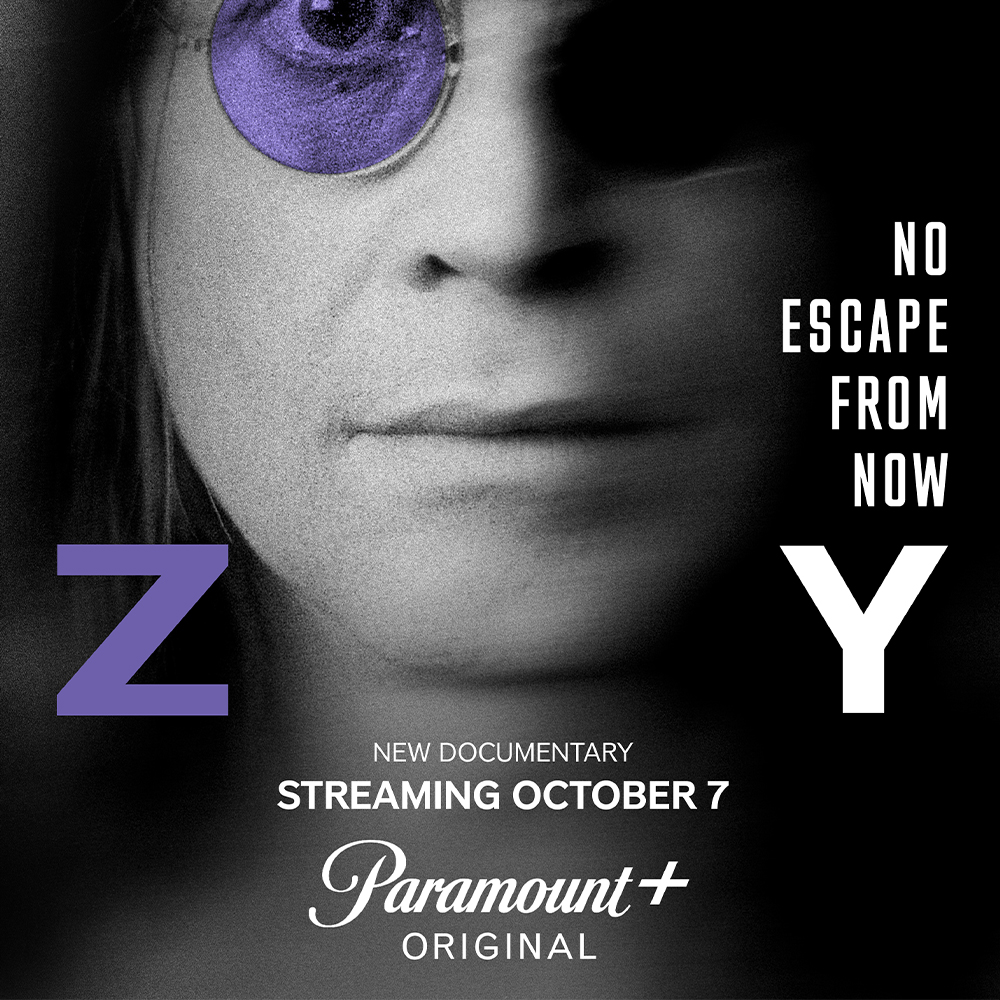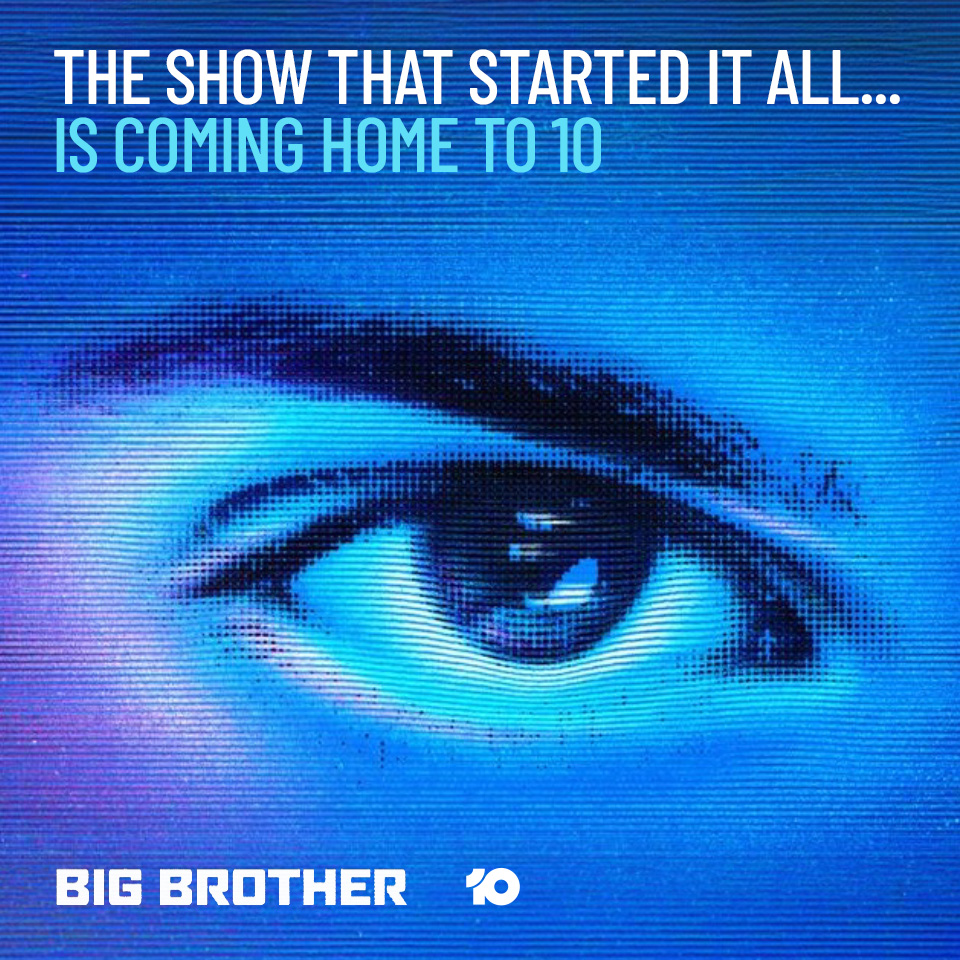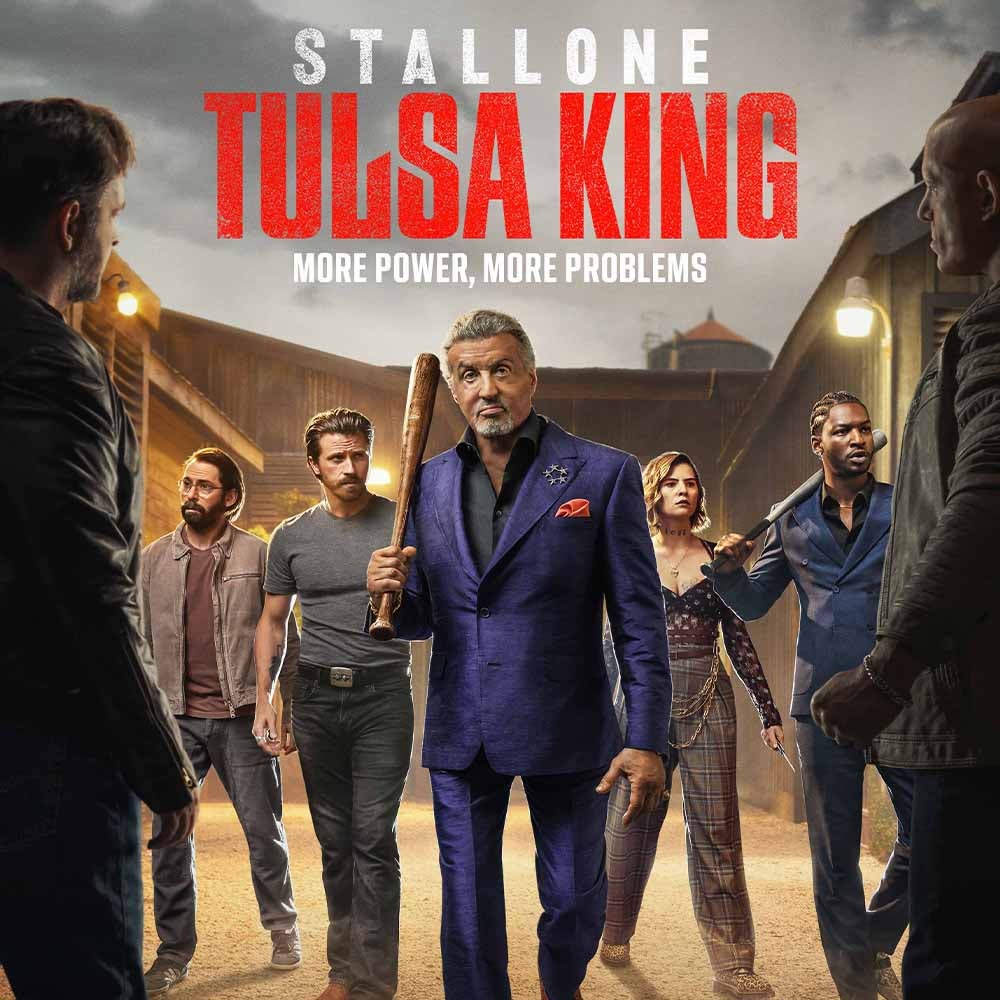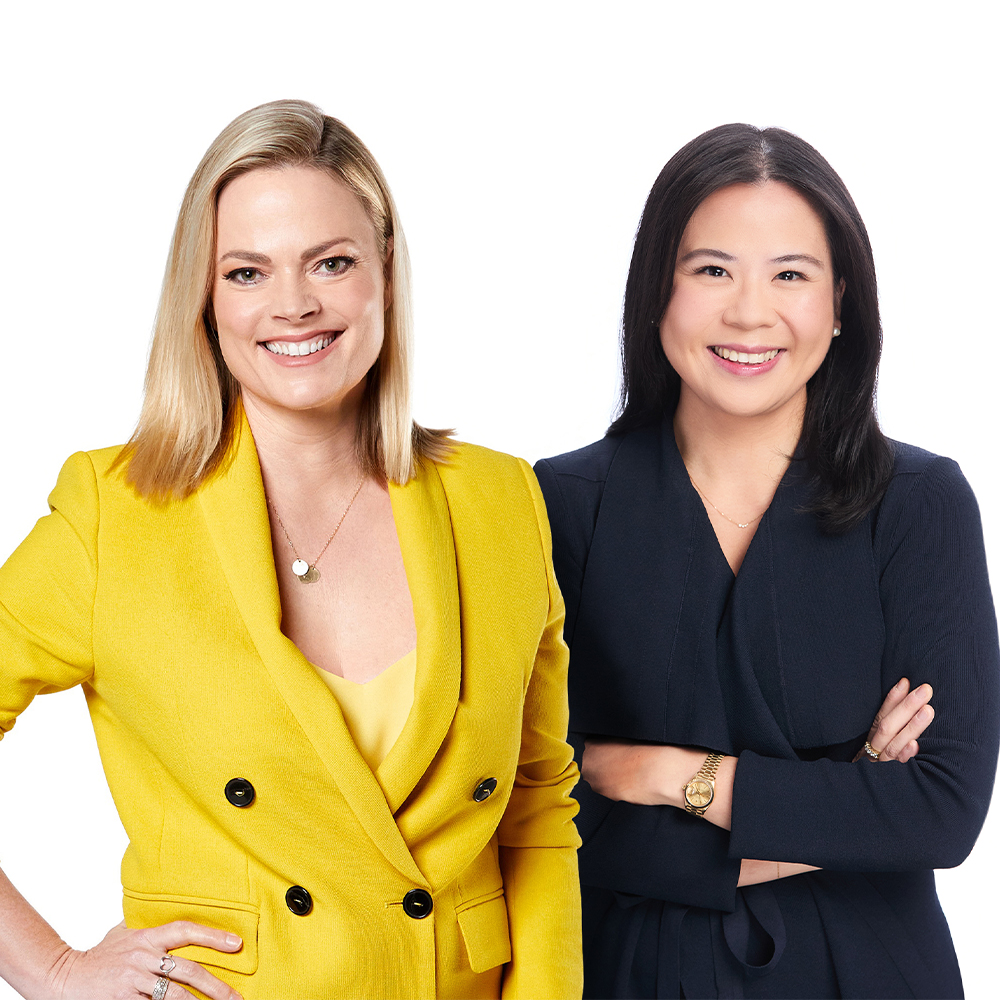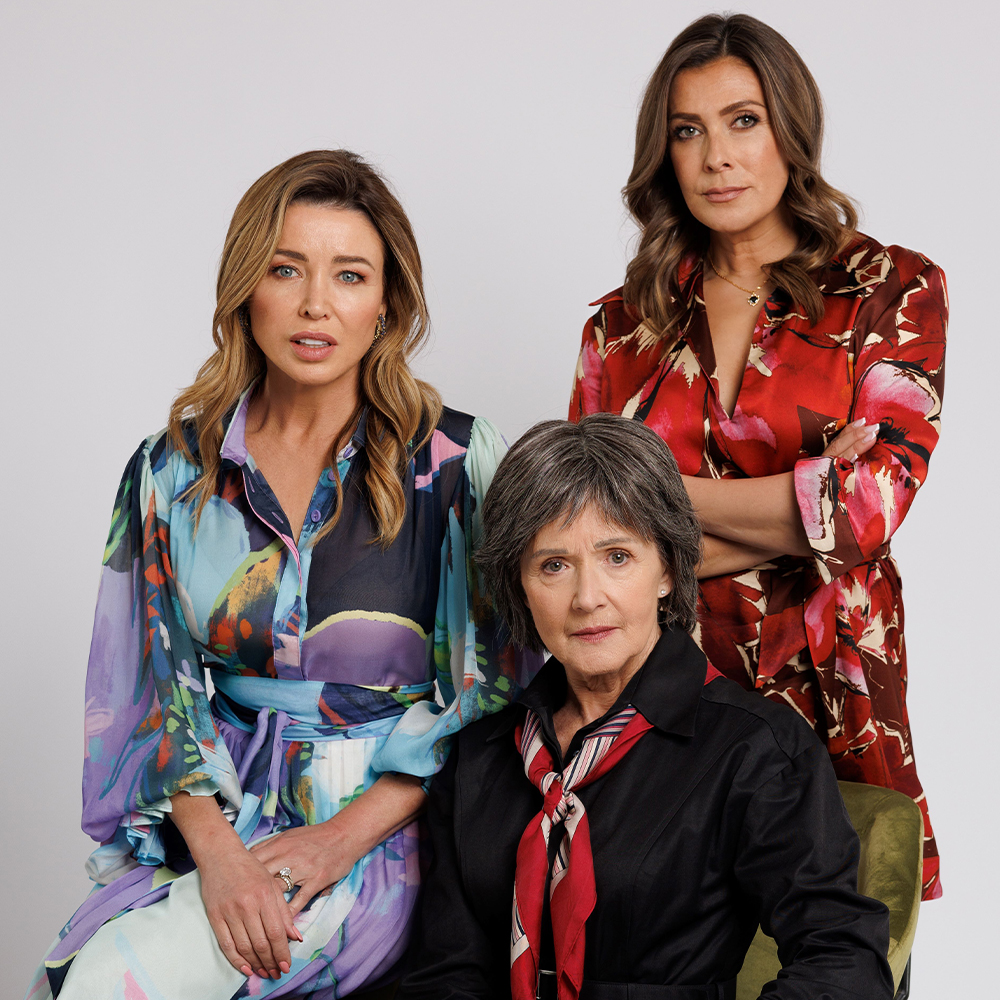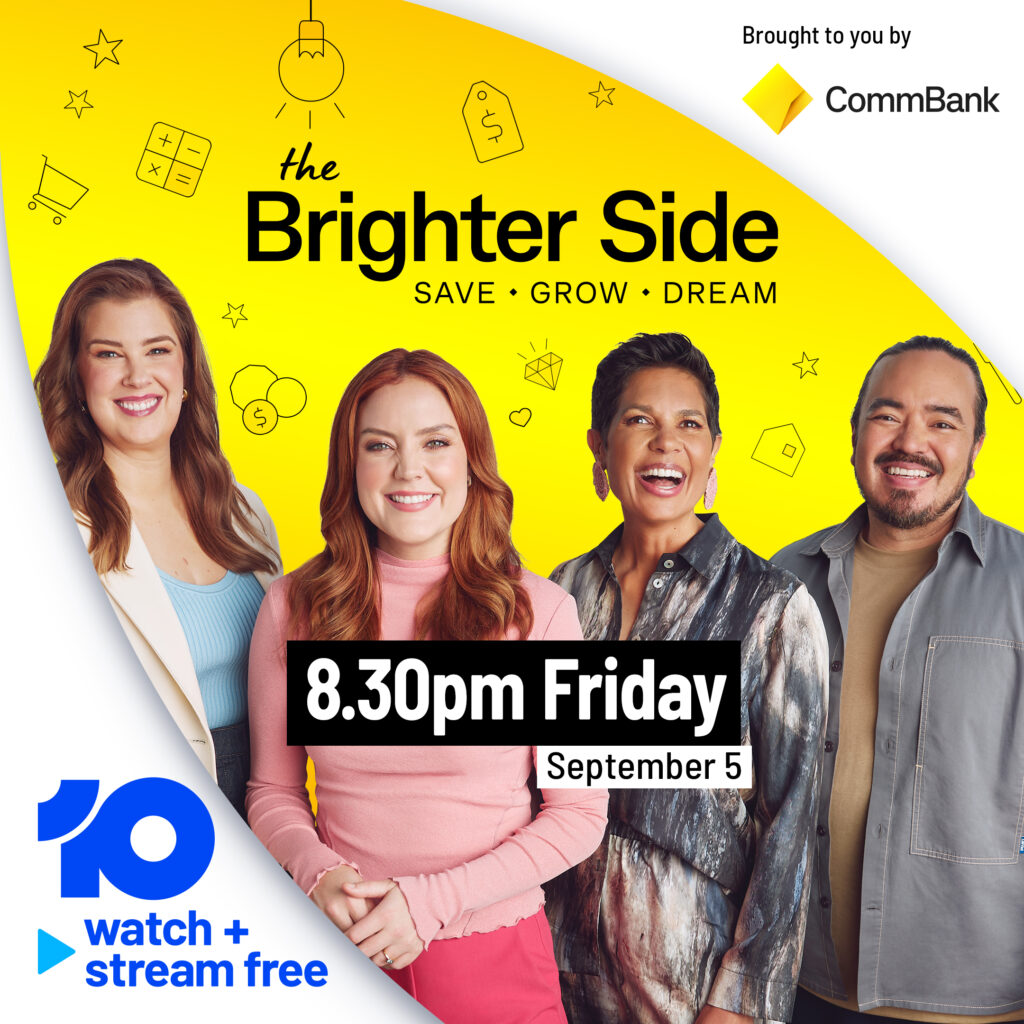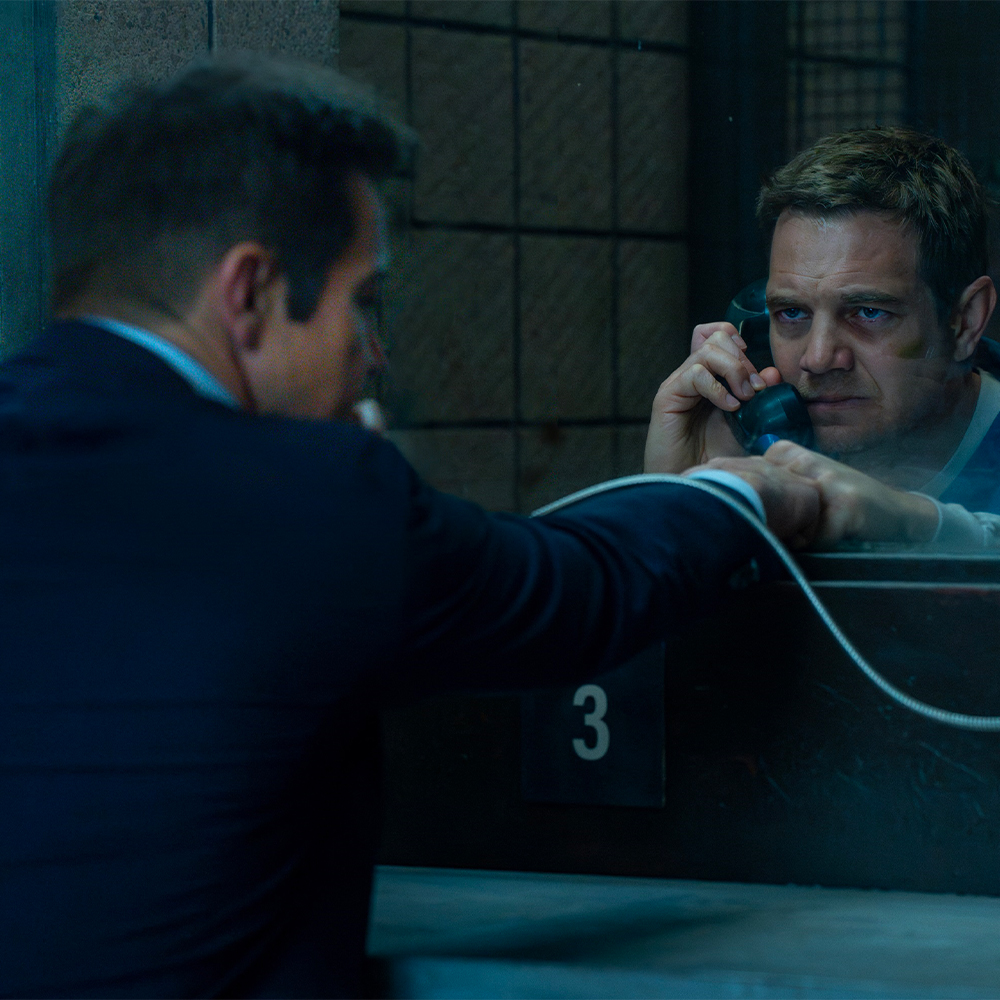Op-ed by Network 10’s general manager, data, insights and analytics, Gareth Tomlin.
More people are watching content in ad-free environments than ever before. That means the opportunity to tell a brand’s story alongside an engaging piece of premium content is rarer than ever.
In spite of this, or perhaps because of it, our 10 Effect and 10 Imagine teams are some of the busiest at 10, integrating clients into our premium formats like Australian Survivor and I’m A Celebrity…Get Me Out Of Here!.
We know that these brand integrations work. We know because our clients get results, and they return year after year, like Coles in MasterChef Australia and the iconic pantry run.
We know this because we commission independent brand uplift studies after a sponsorship, proving again and again that integrating your brand in premium content lifts awareness and consideration.
Those studies are great at proving a specific outcome for a specific brand in a specific program, but we’ve never been able to truly answer why brand integrations work holistically… Until now.
To tackle this issue, we commissioned the Marketing Scientist Group and the brilliant Peter Hammer to investigate for us.
We conducted an online survey of 1,216 Australians aged 18 to 69 across the capital cities, in two parts:
- A survey of claimed viewing and engagement across 36 popular programs on commercial free-to-air TV.
- A large-scale TV viewing experiment, where respondents were exposed to one of twelve 20-minute program treatments featuring popular 10 shows with advertising and/or integrations to understand the impact of each element.
Firstly, it proved that brand integrations work.
Our viewing experiment found that purchase intent was 21% higher for brands featured within a program. And when a brand was the main focus of the program content, purchase intent was 46% higher. The more your brand is integrated, the better the result.
Tick. Done. Great, everyone’s happy. The research has paid for itself. But we still needed to know exactly why this was the case, why brand integrations work.
Reason 1: Emotion.
The first reason we uncovered was the power of emotion.
Brand integrations work because they present your brand in an emotionally heightened environment.
Think of the emotional rollercoaster Australia went through when Luke Toki was voted out of Australian Survivor last season; the attention and emotion Australia’s TV viewers felt when Timm Hanley bravely bowed out of the race to win Angie’s heart on The Bachelorette.
Our research uncovered that emotion impacts attention to content and to the advertising featured within content.
Specifically, programs described by the respondents as having strong positive emotions produced the highest average attention to both the content and the advertising.

At 10 we steer into positive, uplifting and exhilarating TV moments rather than negative ones. Think of Larissa, our youngest ever MasterChef Australia winner. Pia overcoming the odds in Australian Survivor. Monster belting out a pitch-perfect “Beautiful” by Christina Aguilera in The Masked Singer. Imagine the power of delivering a brand message right after, or at the same time?
Reason 2: Likeability.
Another key finding was the power of likeability.
In our TV viewing experiment, a viewer that claimed to “like” the program gave an average attention score 21% higher than those who claimed to dislike or were neutral to the program. Importantly, attention to the advertising was also 28% higher, and brand recall was 7% higher for advertisers featured in a “liked” program”.
In other words, if you like a program, you’ll pay more attention to it and the ads featured within it.

We’ve always known the power of “Likeable” ™ programs. They’re not always the highest rating, but they’re the ones that deliver long term success. It’s why we backed programs like The Bachelor and Have You Been Paying Attention? which grew rapidly from their first year audience.
There is a huge (and frankly, unappreciated) difference between a committed viewer who has actively selected a program to watch (like our Australian Survivor superfans) and someone who has fallen asleep on the couch after the 6pm news and finds themself inadvertently watching a kitchen renovation.
Reason 3: Talkability.
Finally, we found that programs that generate more conversation and social chatter (“talkability”) deliver better outcomes for brands that advertise within them. Both ad likeability and purchase intent increased if a program was more likely to be talked about.

Again, it proves something we’ve known at 10 for a while. Social media buzz is part of the DNA of our biggest shows, from Waleed Aly’s viral editorials, to memes about Osher’s hair in The Bachelor and wildly inaccurate guesses of who The Masked Singers are. So, it’s re-assuring to see that putting brands in programs that people talk about delivers results.We know from our research into Cordless Audiences (a LinkedIn article for another day) that viewers, particularly under 50s, have an insatiable appetite for new entertainment content. Ensuring your brands are featured in powerful, engaging, positive, Likeable ™ and talk-about-able content is a great way to cut through that noise. And now we know why it works.
